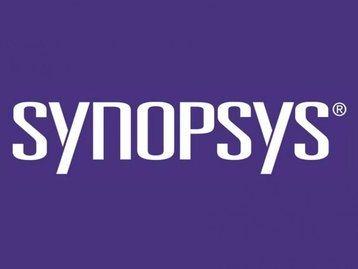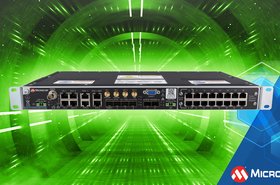Synopsys has released the first 1.6T Ethernet IP verification solution to meet the bandwidth demands of hyperscale data centers.
The new multi-channel, multi-rate solutions include 1.6T MAC (Media Access Control) and PCS (Physical Coding Sublayer) Ethernet controllers, alongside 224G Ethernet PHY (physical layer) IP and verification IP.
Approximately 60 percent of connections in the data center are Ethernet-based, making them a major source of power consumption. Compared to existing SoC implementations, Synopsys says the new solution reduces interconnect power consumption by up to 50 percent and reduces latency by 40 percent, which in turn increases response times.
The solution also has a 50 percent area reduction, with Michael Posner, VP of product management and high-performing computing IP solutions at Synopsys, explaining that the company has “implemented some unique algorithms into the IP itself, allowing [Synopsys] to deliver the most optimal solution area.”
The explosion of AI workloads has put increasing pressure on data centers which are having to scale up to meet growing data processing demands. However, Posner said scaling can only do so much and ultimately it does nothing to change the power profile of a data center and can not sufficiently solve the problem of data bottlenecks.
“Ethernet has been around for many, many years and has always been the backbone to hypocenter communication,” he said. “There are many generations of it, from 100BASE-T to 400 and 800G, which are the current incarnations that are deployed in data centers, and 1.6.T is the next generation.”
To ensure full interoperability, the new Synopsys solution offers full backward compatibility, meaning data center operators using 400G and 800G Ethernet connections can deploy it alongside their current hardware offerings. The solution is also customizable meaning customers can ensure the subsystem fits their exact needs, deploying a system with 16 ports instead of eight, for example.
Although 1.6T is still about a year away from being fully ratified, Posner said this launch marks an inflection point and signifies that 1.6T Ethernet is mainstream.
“This is where the clock starts ticking down for mass deployment,” he said.







